What is the tolerance range of precision screws?
What is the tolerance range of precision screws?
Service Hotline
+86760-8787 8587We have more than ten years of production experience in the screw industry, the main products are: non-standard machining parts bolts, semi-pan head screws, cap nuts and nuts, pressure riveting pressure plate nuts, U-shaped screw U-shaped screws, small outer diameter through-hole pressure riveting nuts Column, Hexagon Anti-slip Screws, Flat Head Thumb Nuts, 5.4 Negative Outer Diameter of Pressure Riveting Parts, Lifting Ring Screws, Iron Dome Head Rivets, Head Handle Screws, R-shaped Plastic Rivets, Hand Tightening Reticulated Nuts, Cup Head High Strength Screws Other fasteners, due to the different materials and specifications of the products, the prices are also different, please contact us if necessary.


The commonly used tools for fixing screws on the surface of the workpiece are electric screwdrivers and manual screwdrivers. Both of these screwdrivers manually attach the screws to the bits of the electric screwdriver or manual screwdriver, and then fix the screws on the surface of the workpiece. The screwdriver is inefficient in fixing the screw, and cannot accurately locate the screw fixing point.
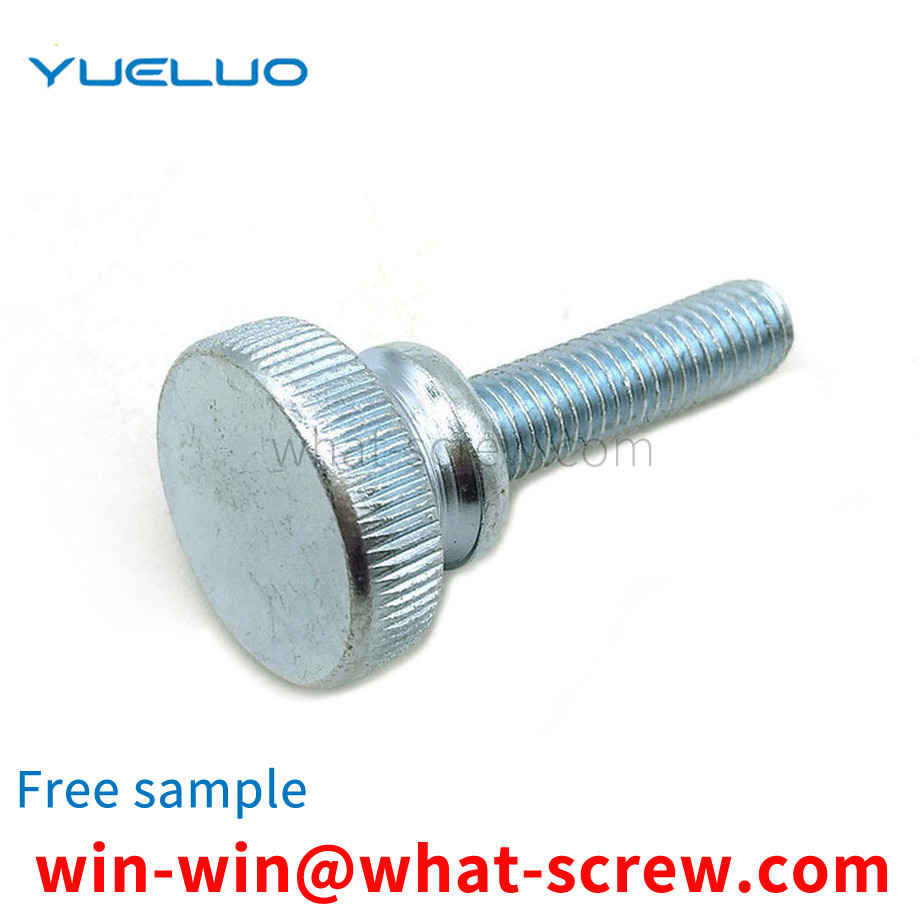
In many national standards, there will be a division of intensity levels. Combination screws are no exception. The strength grade of the combined screw is divided according to the material of the screw wire and the hardness index of the screw wire. General combination screw materials are divided into stainless steel and iron, stainless steel is divided into stainless steel 201, stainless steel 304 and stainless steel 316 and so on. Iron is divided into three types: low carbon steel, medium carbon steel, and high carbon steel. Carbon steel combination screws refer to iron combination screws. Generally, iron combination screws are classified into grades 4.8, 8.8, 10.9, and 12.9. However, the combination screws of grade 10.9 and grade 12.9 are rarely used in the market, so we will not talk about them here. And the combination screws on the market are more commonly used combination screws of grade 4.8 and 8.8. 4.8 grade combination screws are generally made of 1010A screw wire rods. After the screw wire rods are beaten into screws, they are combined with spring flat washers. After production, this 4.8 grade combination screw does not need to be hardened. Its hardness can reach 4.8. 8.8 grade combination screws are generally made of screw wire 10B21 piers. After the screw and wire piers are made into screws, they are equipped with spring washers and flat washers. They can pass through the automatic elastic flat washer machine to rub the three pieces together. Fasten the spring-flat washer combination on the screw, and the spring-flat washer will not fall off. After the combination screw is produced, it needs to be hardened to make the hardness reach 8.8. After the hardness reaches 8.8, we need to take it for electroplating. In order to prevent hydrogen embrittlement of the spring washer in the 8.8-level combination screw with added hardness, it is easy to break. In this way, we have to perform hydrogen removal treatment on the hardened combined screws, and only after the hydrogen removal can be plated. In short, there are many kinds of standard grades of combined screw strength, but generally only two types are used in the market, one is the 4.8-level combined screw strength, and the other is the 8.8-level combined screw strength. 4.8-level combination screws are the most used in the market and customer needs, and have a wide range of applications. As for the standard strength of 8.8-level combination screws, we generally refer to 8.8-level hexagon socket head combination screws, 8.8-level pan head combination screws, and 8.8-level external hexagon combination screws. These three are more commonly used.
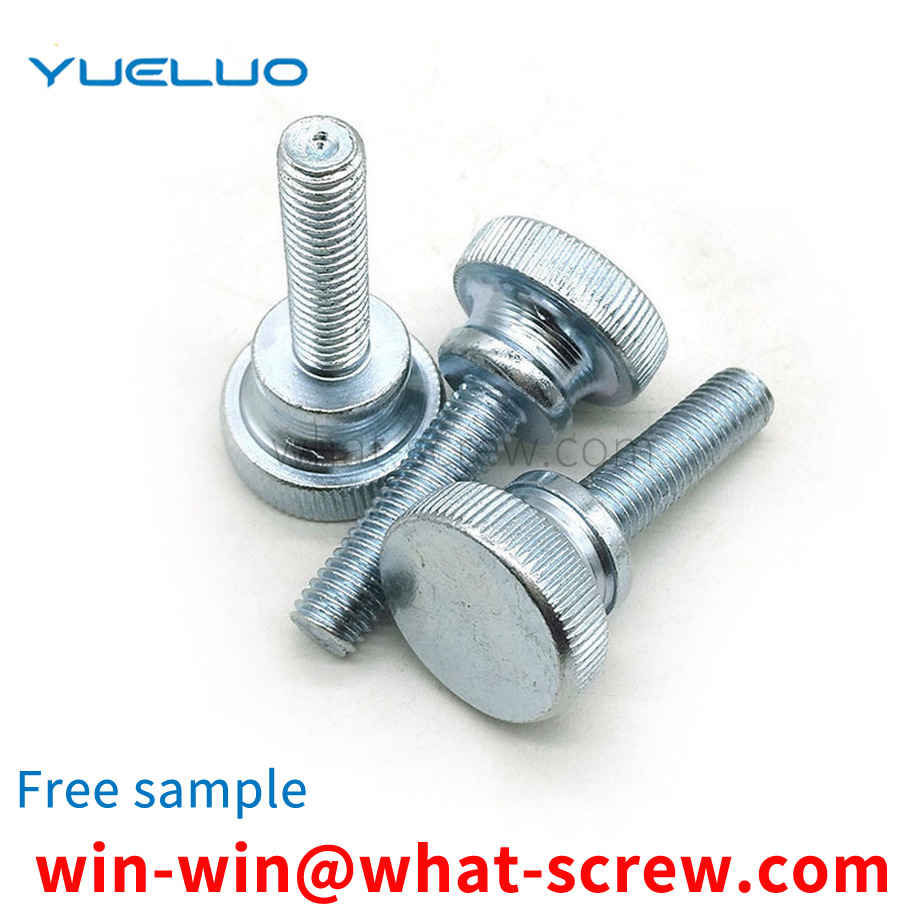
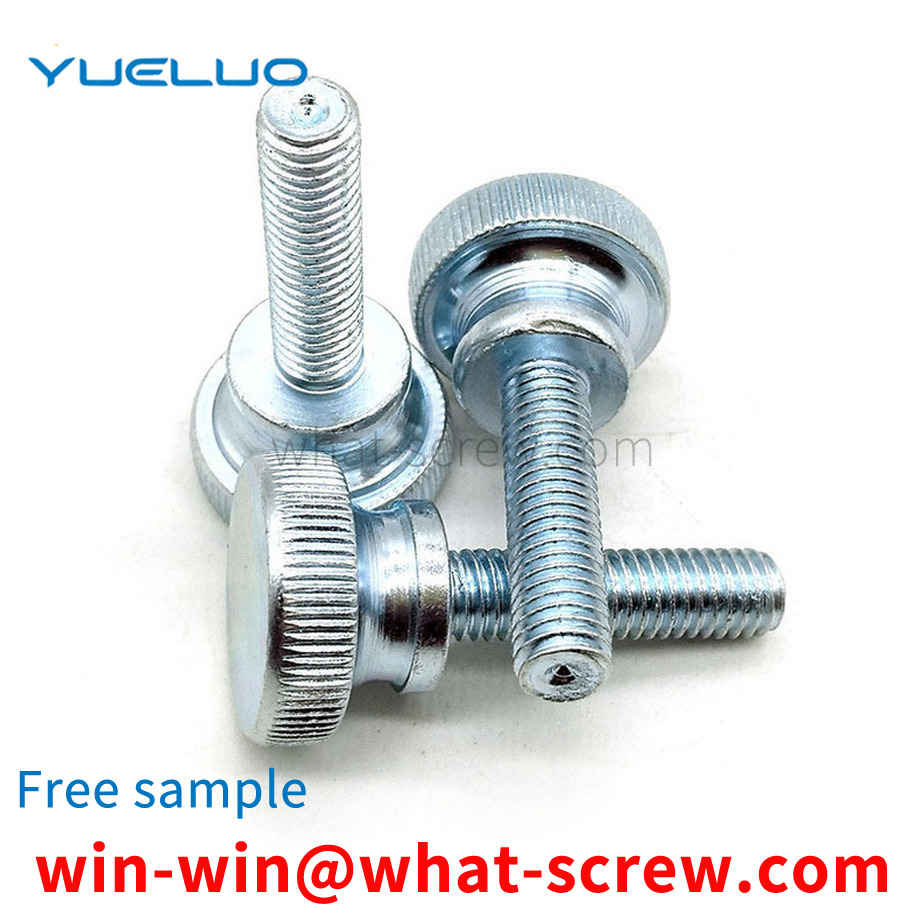
Washers are common parts that are annular or annular after compression. The existing standard washers include flat washers, spring washers, serrated lock washers, saddle washers, etc. The end faces are mostly flat or flat after compression. , so it is in surface contact with the workpiece. Generally, after the two workpieces are locked by washers, bolts and nuts, the workpieces cannot move in any direction, so as to achieve the purpose of tightening the two workpieces. In actual production, some workpieces are still required to be properly translated in a certain direction after locking. In order to achieve this requirement, the usual practice is to open a waist-shaped hole on the workpiece that needs to be moved, and the zigzag-shaped bushing is fitted with a flat washer after passing through the waist-shaped hole, as shown in FIG. The edge of the hole is located in the space enclosed by the bushing and the flat washer, and a gap is formed between the workpiece and the bushing and the flat washer, so that even if the bolt passes through the flat washer, the bushing and the workpiece in turn, it is threaded and locked with the nut. tight, the workpiece can still translate along the length of its girdle hole. Obviously, this method can achieve the requirement of proper translation of the workpiece, but the following deficiencies can still be found in the actual assembly. First, before locking, the bushing, washer and workpiece are separated from each other, so it is more inconvenient to assemble; secondly, the lining is The separation structure of the sleeve and the gasket is inconvenient to manage, and the disassembled gasket and bushing are easy to lose and affect the use again.
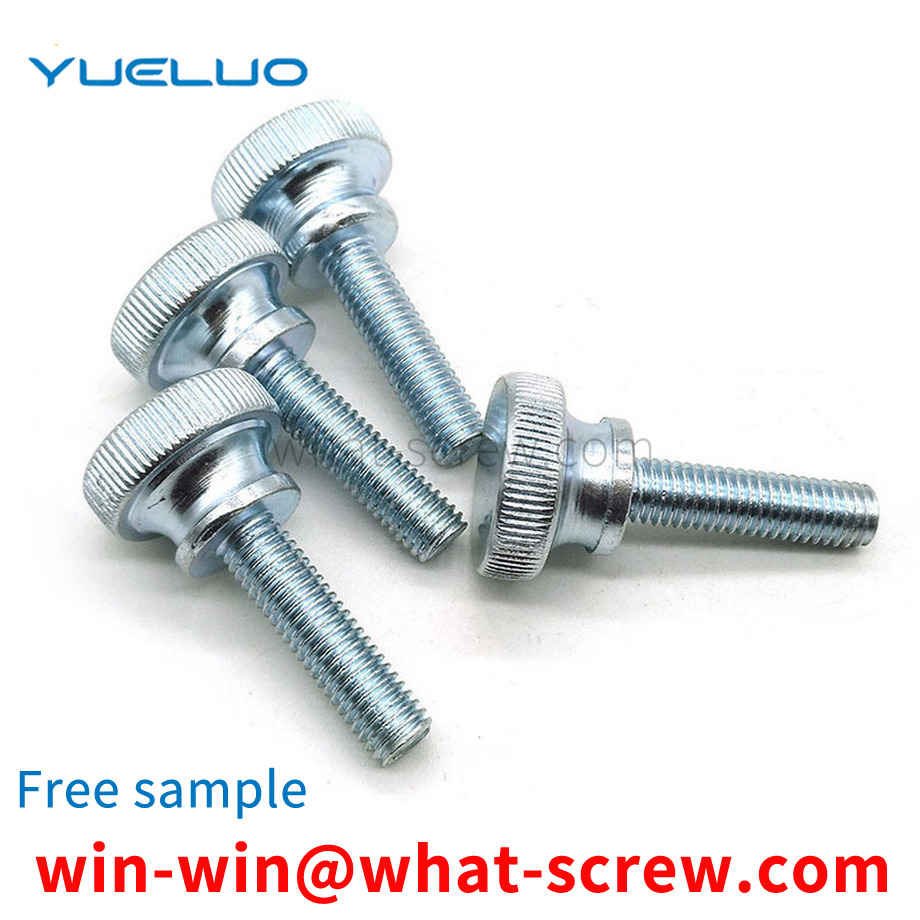
This clearance determines how much the bone fragment fixed by means of the locking screw in the corresponding locking hole can move relative to the nail and thus also relative to other bone fragments fixed by the same nail due to the rigidity of the nail. Together with the flexibility of the material and the overall device this can build up to a size that prevents or decisively delays effective healing. In order to ensure the applicability of the locking device to the surgeon, this gap, although unavoidable, is clinically undesirable in some indications (eg in the case of metaphyseal fragments). Even a screw with a full cross-section, which can have an internal thread in the locking hole, is not gapless. This internal thread only prevents possible axial movement of the screw on the locking screw.
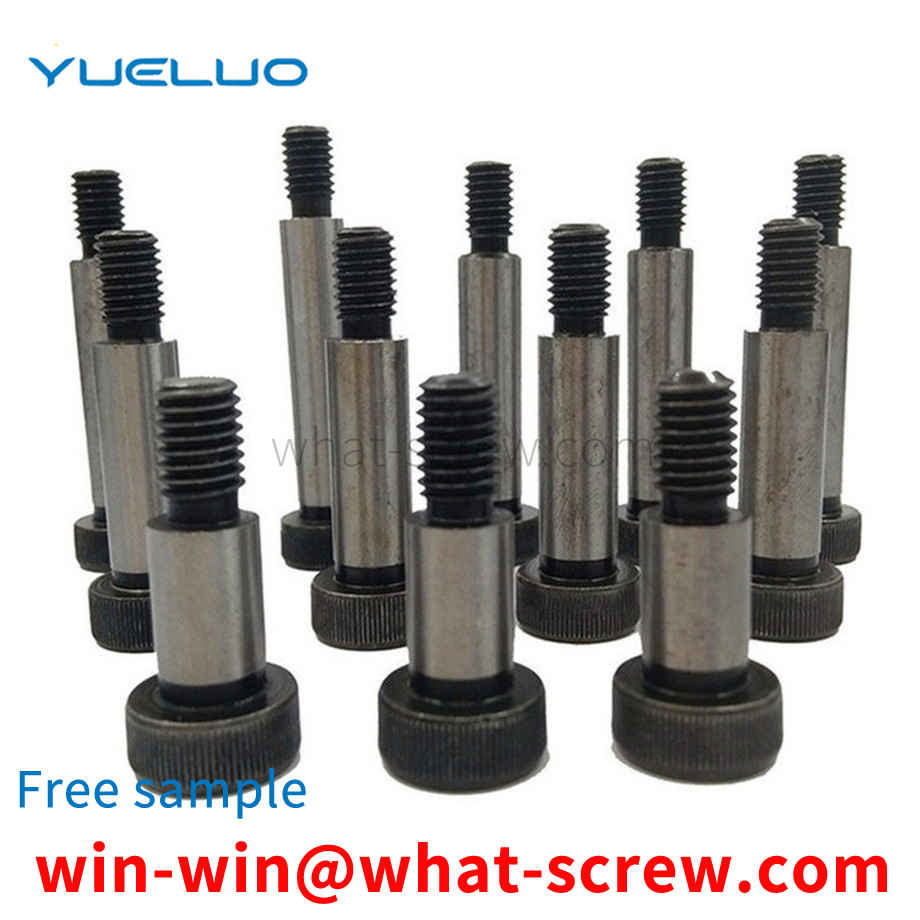
The above content is uploaded by Yueluo or the Internet. If there is any copyright issue, please contact [email protected].

What is the tolerance range of precision screws?

How to choose the right stainless steel screw manufacturer?

Why is there an R angle under the head of the hexagon head s...

We have more than ten years of production experience in the ...

We have more than ten years of production experience in the ...

We have more than ten years of experience in screw industry ...

We have more than ten years of experience in screw industry ...